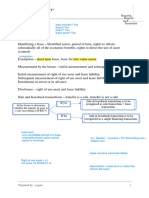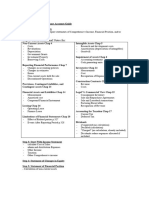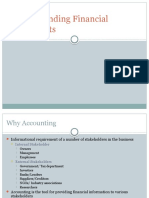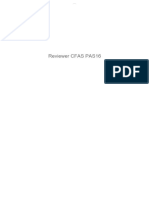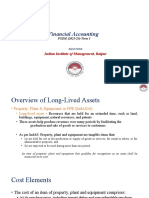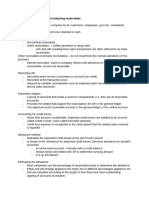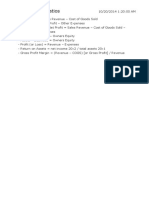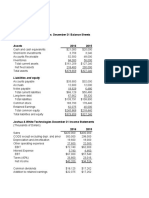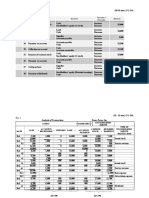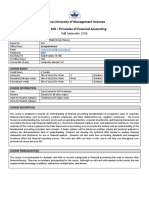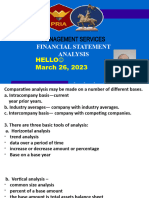0% found this document useful (0 votes)
281 views11 pagesBasic Accounting Notes
A concise guide covering fundamental accounting principles, including key concepts like the accounting equation, financial statements, and essential bookkeeping practices, designed for beginners and students
Uploaded by
ohwifCopyright
© © All Rights Reserved
We take content rights seriously. If you suspect this is your content, claim it here.
Available Formats
Download as PDF, TXT or read online on Scribd
0% found this document useful (0 votes)
281 views11 pagesBasic Accounting Notes
A concise guide covering fundamental accounting principles, including key concepts like the accounting equation, financial statements, and essential bookkeeping practices, designed for beginners and students
Uploaded by
ohwifCopyright
© © All Rights Reserved
We take content rights seriously. If you suspect this is your content, claim it here.
Available Formats
Download as PDF, TXT or read online on Scribd
/ 11
